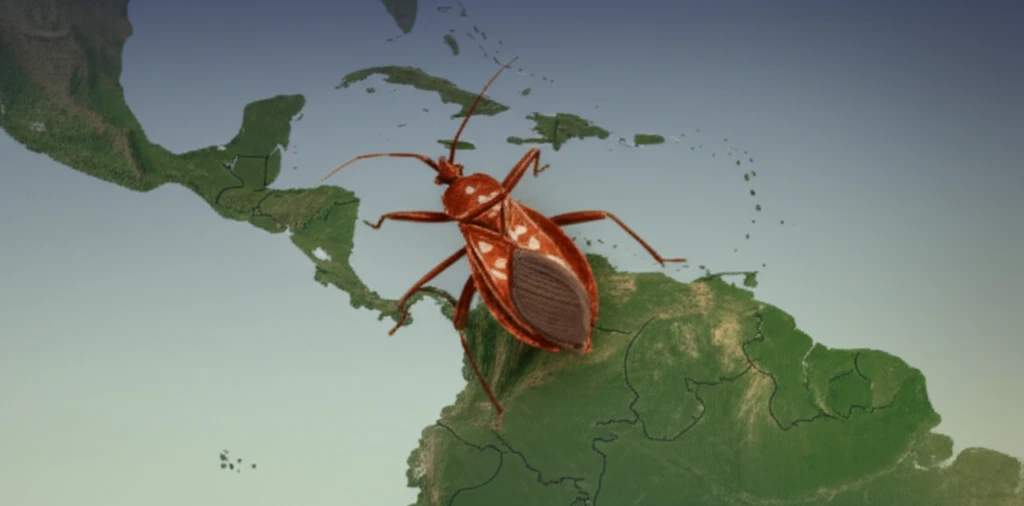
Chagas Disease: Are We Winning the War Against the Kissing Bug?
"New research sheds light on insecticide resistance in Triatoma sordida, a key vector of Chagas disease, and what it means for disease control."
Chagas disease, a potentially life-threatening illness caused by the parasite Trypanosoma cruzi, affects millions worldwide, particularly in Latin America. The disease is primarily transmitted through 'kissing bugs' (triatomines), which become infected by feeding on infected animals or people. Control efforts largely rely on insecticides to reduce bug populations, but insecticide resistance poses a significant threat.
One of the primary vectors of Chagas disease, Triatoma sordida, has shown resistance to commonly used insecticides. Understanding the extent and impact of this resistance is crucial for designing effective control strategies. While laboratory tests can indicate resistance, their real-world impact needs confirmation through field studies.
Recent research published in the Revista da Sociedade Brasileira de Medicina Tropical investigates the susceptibility of Triatoma sordida to alpha-cypermethrin, a pyrethroid insecticide, under natural climatic conditions. This study bridges the gap between laboratory findings and field effectiveness, providing valuable insights for vector control programs.
The Insecticide Resistance Puzzle: What Does It Mean in the Field?

Insecticide resistance occurs when a population of insects develops the ability to tolerate doses of insecticide that would normally be lethal. This phenomenon arises due to genetic variability within the population and is exacerbated by continuous exposure to insecticides, which creates a selection pressure favoring resistant individuals.
- High resistance ratios (RR50 > 50) have been reported in Triatoma infestans populations in Bolivia and Argentina.
- Studies in Venezuela, Colombia, and Paraguay focus on vector control of Rhodnius prolixus, Triatoma infestans, and other species.
- In Brazil, research is increasing on Triatoma brasiliensis, Triatoma sordida, and other species collected from areas with persistent infestations (RR50<8).
Looking Ahead: The Future of Chagas Disease Control
While this study indicates that the tested populations of Triatoma sordida remain susceptible to alpha-cypermethrin in the field, it also underscores the complexity of insecticide resistance. Continuous monitoring and adaptive strategies are essential for effective Chagas disease control. Future research should focus on integrating laboratory and field bioassays, exploring alternative control methods, and addressing socioeconomic factors that contribute to disease transmission to safeguard vulnerable communities.
